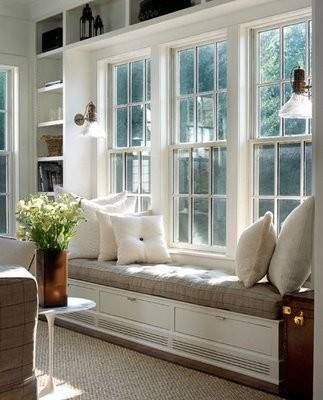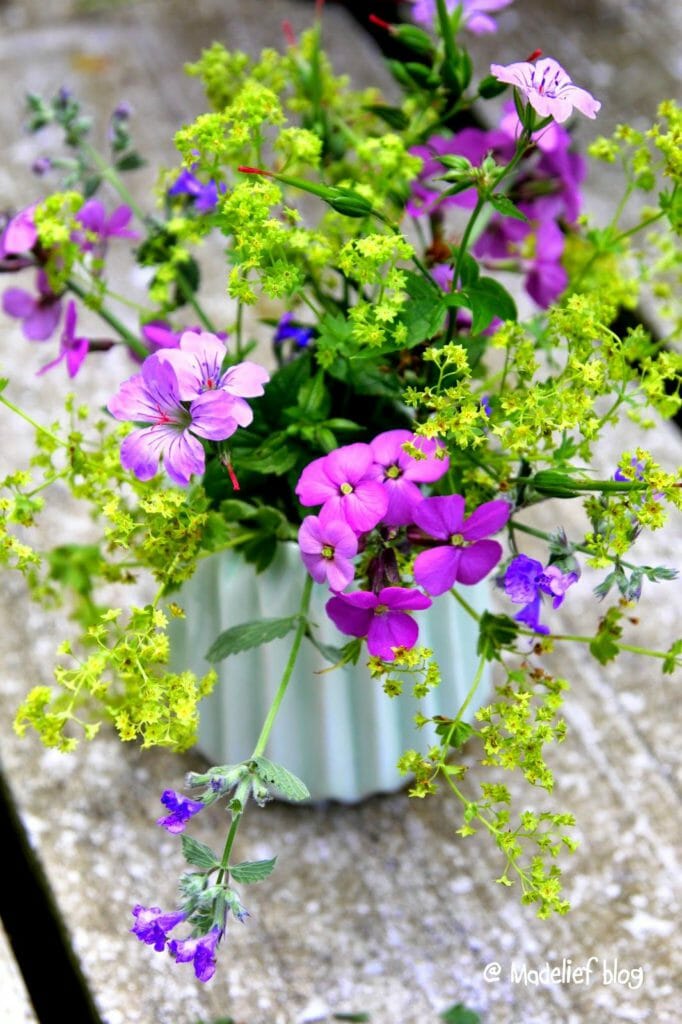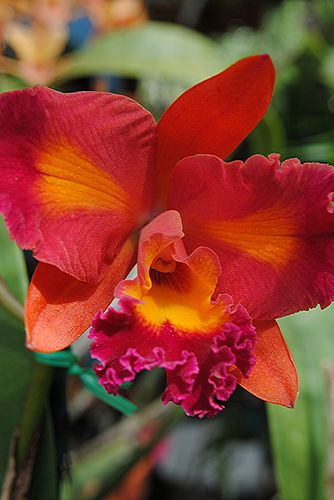At the end of a long day, nothing should feel as good as kicking your feet up and tucking into a good book or binge-watching Netflix. But what if looking around your home brings more anxiety than relief, more stress than calm? There are ways to cultivate the atmosphere you want. With a little work and a few simple changes, you can take your home from a stress zone to a sanctuary.
Declutter and Organize
Clutter creates visual noise. While we all have different limits and definitions for what counts as clutter, evidence shows that too much clutter can breed anxiety and contribute to stress. Decluttering is a process that may take some time. You can chip away at it by:
- Switching from print magazine subscriptions to online
- Sorting mail as soon as you walk through the door
- Buying matching, labeled baskets to organize toys
- Installing closet organizers
- Using under bed storage bins
Another big part of decluttering and organizing is throwing out what you don’t need or use. Books you’ve read that you know you’ll never read again, kitchen devices that were only used once, and five pairs of running shoes can be donated or thrown away.
Create a Cleaning Schedule
Once you’ve decluttered and organized, you’ve created the physical space for everyone to relax. However, you have to work to keep it that way. A cleaning schedule can help keep clutter under control long term. Decide on a method that works for you like cleaning up a little at a time throughout the day or doing a clean sweep with the whole family after dinner. Another way is to set a timer and have everyone clean until the buzzer goes off.

Create a chart with everyone’s assignments for the day. Be sure to include all major and minor tasks from vacuuming and dusting to cleaning the fridge and putting shoes away. Some things will need daily maintenance while others may only be weekly or monthly. But with a schedule and chart, clutter will stay away and organization will rule.
Soothe with Scent
Aromatherapy appeals to your sense of smell but works in conjunction with the brain. Physically, some essential oils can help with indigestion, anxiety, and energy levels. Others can be used as a relaxation trigger. If you smell lavender every day when you’re calm and relaxed, lavender can trigger that response when you’re stressed.
Speaking of lavender, it works as a sleep aid as does Jasmine. In fact, jasmine can be as effective as valium as a sleep aid and mood enhancer. You’re not necessarily trying to put everyone to sleep, but you are trying to soothe and calm so they can both be good to have on hand in the evening. If you want something more refreshing and uplifting, grapefruit, orange, or lemon are energy promoting options.
Let Mother Nature Do the Work
A nature walk can reduce depression-related activity in the brain while a short 40-second view of greenery is enough to reset the brain’s ability to concentrate. Strategically placed houseplants can do the same thing.

The right variety can clean the air while inducing the relaxation you crave. There are hanging baskets, topiaries, and terrariums. Entire walls can be designed to hold live greenery. You just have to decide how and where you want to place it.
Conclusion
A relaxed home doesn’t happen by accident. When you create the right visual appeal, your family can’t help but want to stay. In a world where information hurdles into your home 24/7, your efforts to create a relaxing environment can be a place of refuge for everyone who walks through the door.



